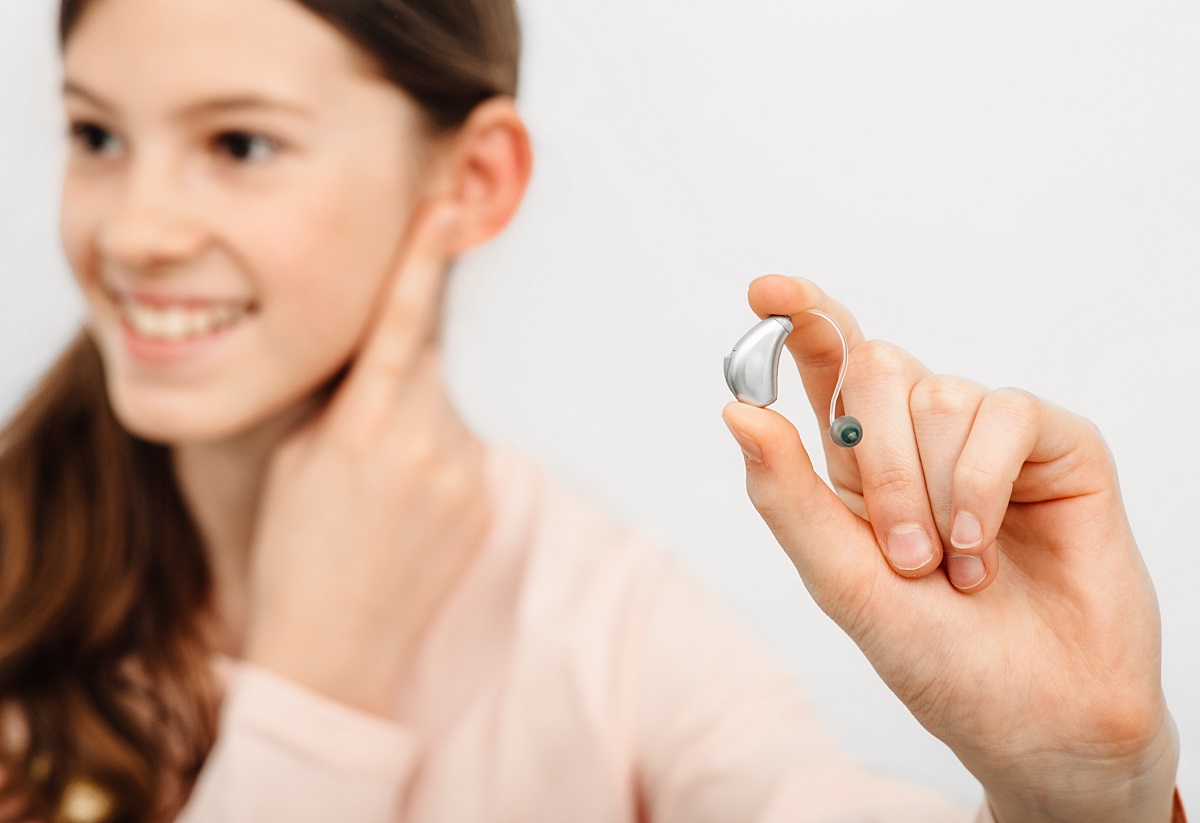Hearing Aid Overview

Styles of Hearing Aids
In-The-Ear (ITE)
In-The-Ear (ITE): ITE hearing aids have been created with an emphasis on minimizing visibility and maximizing comfort. Personalized ear molds are used to craft these hearing aids, so they will conform to the exact shape of the wearer's ear, making them undetectable while enhancing wearability.
There are three sizes of ITE hearing aids available to suit everyone's specific preferences or lifestyles: CIC, IIC, and ITC.
Behind-The-Ear (BTE)
BTE hearing aids are a great choice for individuals with more serious hearing challenges, as they are able to offer effective and comprehensive sound amplification. Because they are bigger than other types of hearing devices, BTEs are also able to carry out more complicated operations and analyze data more quickly. There are two main types of BTE devices - Receiver-In-The-Ear (RITE) and miniBTE - which differ in terms of where their components are placed but have the same overall composition: an earpiece connected to a main unit behind the ear through a clear narrow tube. Although those with severe hearing loss benefit the most from BTEs, they serve people with milder conditions just as well.
Hearing Aid Features

